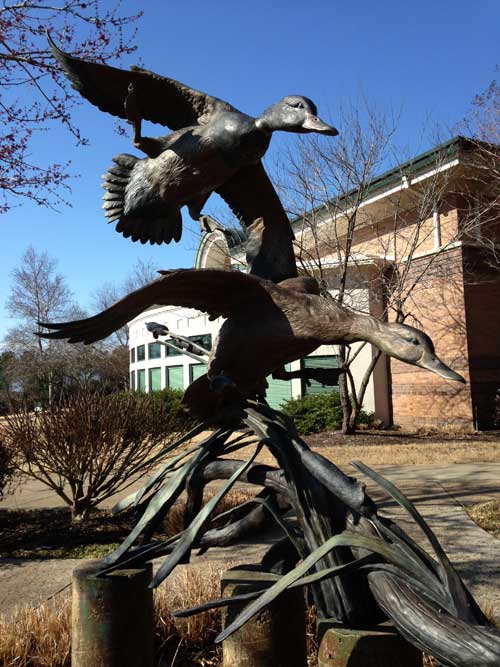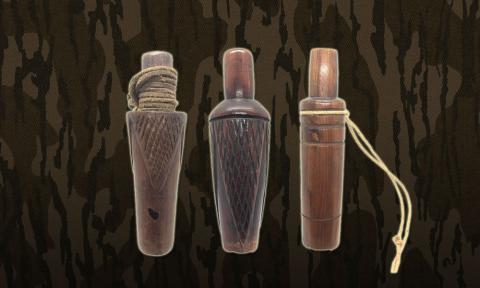The most vigorous participants in healthy land, clean water and prospering populations of wildlife are hunters and fishers – a seminal fact that is not lost on most outdoorsmen. Like all great truths, the ideology of such world-class stewardship is best shared as a very short non-fiction. The title of this one is The North American Model of Wildlife Conservation.

The revolutionary wise-use conservation doctrine of the United States of America began its refinement in the 19th century. And while it has never become official federal policy – complete with one or more overarching laws that attempt to define and regulate it -- this set of beliefs is based, in large part, on a Supreme Court ruling from 1842, Martin v. Waddell, as well as the inalienable powers provided to the American citizenry through the Second Amendment of the United States Constitution.
Officially, the exceptional North American Model of Wildlife Conservation is founded and perpetuated by the principles that indigenous fish and wildlife are non-commercial resources owned by the citizens of the Republic, and that these natural treasures will forever be managed to optimal population levels.
In descriptions of the pillars of the American conservation movement, most experts separately list several guiding principles, the underpinnings of an ethos that makes this concept and practice the most effective, the most enduring and the most copied wildlife conservation masterplan in world history. However, the bulk of the model’s most important tenets fit nicely into one sentence:
Wildlife is held as a public trust, to be managed scientifically and administered and allocated equitably among all citizens utilizing the democratic rule of law.
As original stakeholders, perpetual investors and wildlife population managers and regulators, licensed hunters and fishers continue as the foundational agents of this plan. The framers of our American conservation movement – intellectual giants like Theodore Roosevelt, Aldo Leopold, John Lacy and George Grinnell, to name a few – understood the nourishment, the connectivity and the sovereignty provided by wildland, wildlife and their most mindful champions.
The elimination (or strict control) of markets for fish and game, the harvest of wildlife only for legitimate purposes and wildlife as an international resource round out the pillar principles of the North American Model of Wildlife Conservation.































